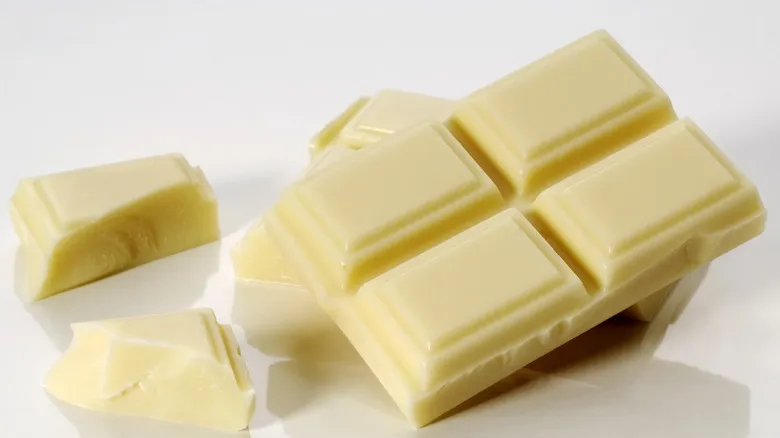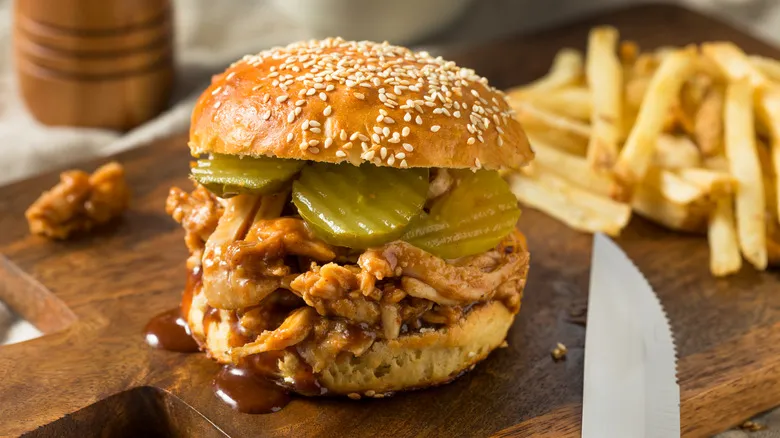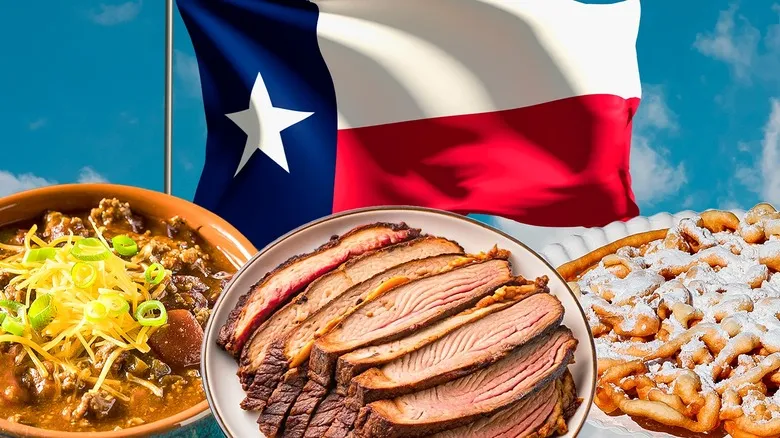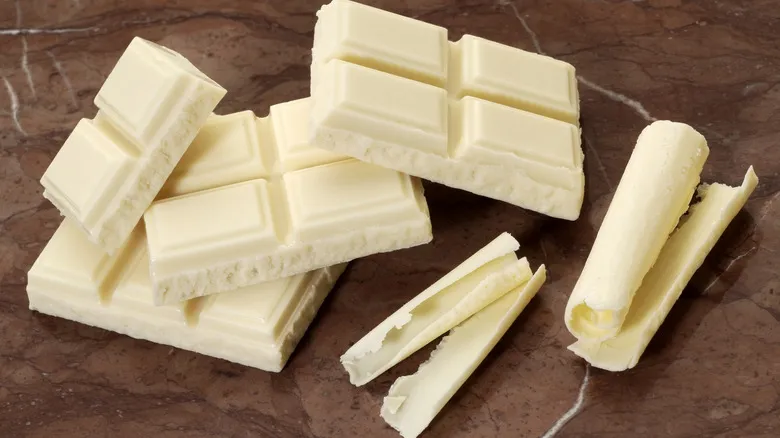What makes white chocolate different from other types of chocolate?

To understand the debate surrounding the classification of white chocolate, we must first look at its production process and how it differs from other types of chocolate. As you may know, chocolate is derived from cocoa beans, which are the fruit of the cacao tree. Each bean contains cocoa nibs that are ground into a paste known as cocoa liquor. This liquor is then pressed to separate the solid components from the fat, known as cocoa butter.
Both dark chocolate and milk chocolate are produced using the entire cocoa liquor, which includes both cocoa butter and solids. In contrast, white chocolate is made solely from cocoa butter, lacking any of the solid components found in cocoa liquor, which is why it appears white. The cocoa content in chocolate significantly affects its classification, and initially, the FDA ruled that white chocolate did not qualify as chocolate. This regulation remained in place for many years, but it is no longer the case.
Where the FDA stands today

In 2002, the FDA revised the Federal Register to introduce what it called a "final rule" concerning the classification of white chocolate. This regulation took effect on January 1, 2004, providing a new definition for white chocolate, and indeed, they retained that name, eliminating the term "confectionery coating."
The change was initiated by petitions from the Chocolate Manufacturers Association of the United States and Hershey Foods Corporation. Hershey, in particular, has faced significant criticism in the chocolate industry, especially from Europeans, for its chocolate formulations, not limited to just white chocolate.
Despite this, these influential chocolate entities successfully persuaded the FDA to set new standards for white chocolate. According to Title 21 of the Code of Federal Regulations, white chocolate must contain a minimum of 20% cocoa butter, but it does not impose any requirements regarding cocoa solids or cocoa liquor.
Recommended

Why Do Sandwich Pickles Have Ridges?

14 Iconic Texas Foods You Must Try At Least Once

Ice Cream Sundaes Were Invented Because Of A Bizarre Law

What Are 'Dirty Water' Hot Dogs?
Next up

